During the 1980s, Georgetown University’s Hoyas head coach John Thompson Jr. assembled an all-Black basketball team that forever changed the culture of college basketball in America. Thompson, who was born in the District and raised in Southeast, became the first Black coach to win an NCAA championship in 1984. His Hoyas, often dubbed “Black America’s Team,” became an iconic symbol of Black pride, and over time, the team’s stars, including Patrick Ewing, Alonzo Mourning, Dikembe Mutombo, and Allen Iverson, became some of the most revered basketball players of their generations.
The Hoya’s legendary status inspired Justin “Yaddiya” Johnson to put together the multimedia exhibit, Hoya Paranoia: Black America’s Team, now showing at his art space, 1223 Potomac Gallery, in Georgetown. For Yaddiya, the rapper maybe best known as founder of the activist group Long Live Go-Go, the Hoyas were an essential part of his childhood. “My mom was a huge Georgetown fan,” he says. “John Thompson intentionally gave kids from the inner city an opportunity. I think that spirit and that energy contributed to them being appreciated in Black community …. That whole idea of giving kids a second chance, like Allen Iverson, who became a cultural icon through Georgetown basketball under John Thompson’s tutelage, that’s powerful.”
Yaddiya conceived the exhibit after spending time in his new gallery’s Georgetown neighborhood. “Our history is rooted in this land and place. I want people to understand how the history has evolved here and the significance of the Hoyas in the Black community,” he says. As delineated in Rachel L. Swarns’ book The 272: The Families Who Were Enslaved and Sold to Build the American Catholic Church, in 1838, Jesuit priests of what was then known as Georgetown College sold 272 enslaved people for $115,000 to discharge the institution’s debts.
For the exhibit, Yaddiya enlisted painter Corey Ramon Gibson, whose solo show, All is Won, opened the gallery last September. For this exhibit, Gibson has painted seven works, including an image of Iverson executing his infamous crossover, and a portrait of Yarrow Mamout, a formerly enslaved man who eventually bought a home on Dent Place NW, barely a block off Wisconsin Avenue. “People just thinking Georgetown is a rich White area, but we’ve got real roots in Georgetown,” says Yaddiya. “There was a time when there was a greater Black presence in Georgetown.”

Another of Gibson’s paintings depicts actor Cuba Gooding Jr. in his role as Tre in John Singleton’s 1991 film Boyz N the Hood. “He’s wearing a Hoyas T-shirt in one of the movie’s most powerful scenes, when his dad is talking about gentrification,” says Gibson. “At that time, when you wore the Georgetown gear, it’s pretty much like saying, ‘I’m Black and I’m proud.’ Because the team was Black and won the championship—that gave people upliftment and empowerment. People literally thought Georgetown was a HBCU.”
The multifaceted exhibit also includes photographs by Kenneth “Krown” Walker and an album, The Hoyas, performed by Yaddiya and gifted DMV rapper Big Don Bino, it also featuring additions from rappers GriotX and Ritchie. Yaddiya describes the album, available Feb. 24 on all streaming services, as a soundtrack to the exhibit, and the exhibit as a visual representation of the music. While The Hoyas is absolutely a hip-hop album, bouncebeat band TOB frontman “Lil” Chris Proctor makes an appearance on the track, “Countin Up Racks.” On “Bricky,” Yaddiya addresses his go-go activism, rapping, “I feel like Chuck Brown/ 2 a.m. soul searchin’/ Love the lifestyle/ So it’s like I’m never workin’.”
The exhibit also features streetwear from fashion brands Justo’s Paste Clothing and For the Fan by local creator Somos. Selected merch from these collections will be sold at gallery listening events for the new album on Feb. 22 and 23. Somos grew up in Southeast but spent much of his youth in Georgetown, attending Alice Deal Middle School and Woodrow Wilson High School. “I was in Georgetown during the time of Alonzo Mourning and Dikembe Mutombo, and continued to be a fan during the Allen Iverson years,” says Somos. He currently has licensing agreements with multiple HBCUs to create and sell official merchandise; for Hoya Paranoia, Somos designed “deconstructed, reconstructed” one-off jersey-inspired plaid shirts. “The beautiful connection is that John Thompson treated Georgetown like a HBCU,” says Somos.
“The players that he brought in looked like me, the style of the uniform, the style of the shoes—even though he wasn’t at an HBCU, he gave off that vibe, that energy. That still sits with me; it lives within me.”
Hoya Paranoia is open daily by appointment through March 1 at 1223 Potomac Gallery, 1223 Potomac St. NW. @1223PotomacGallery.
Recommended Stories
#Hoya #Paranoia #Gtowns #Underground

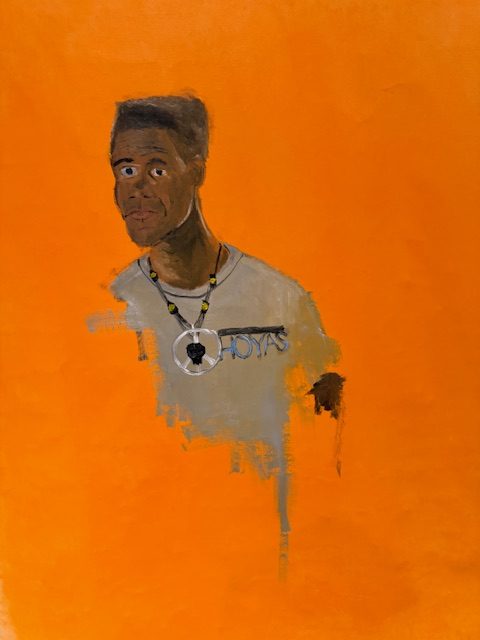
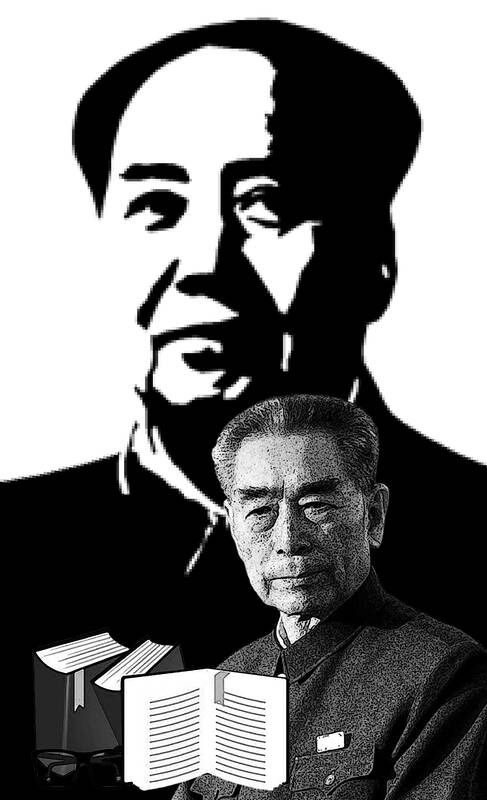
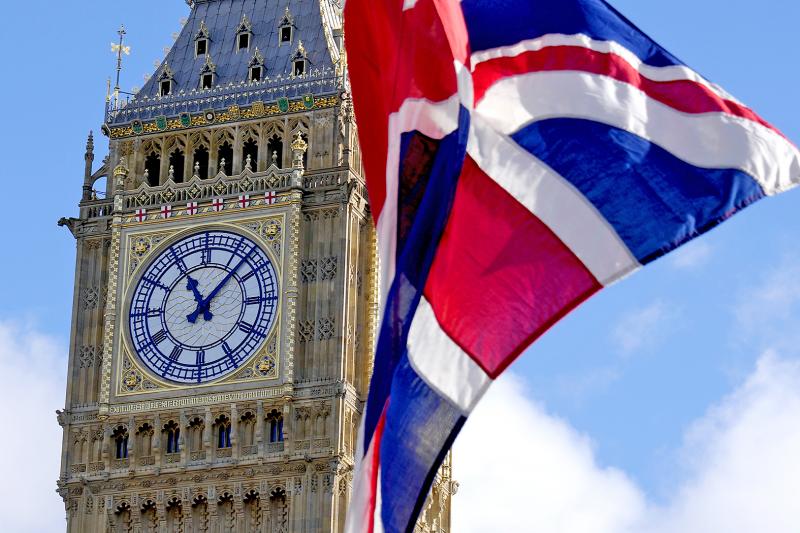
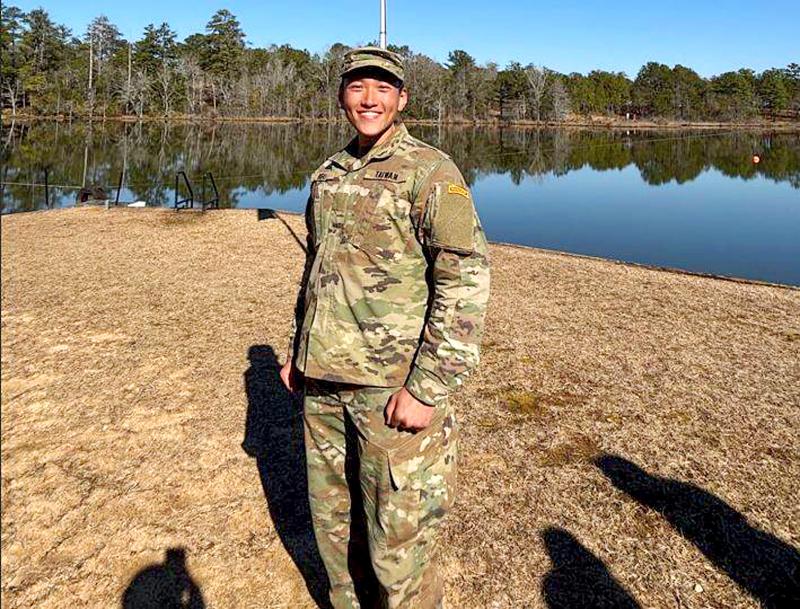
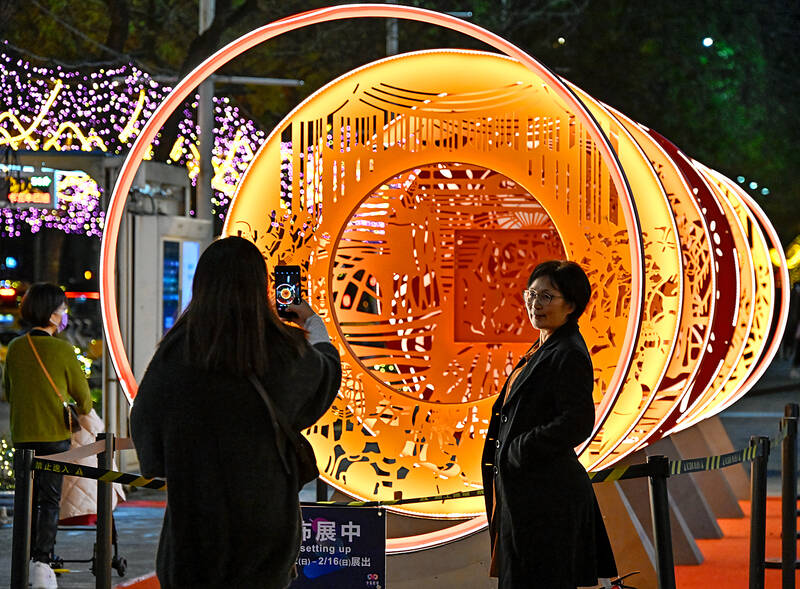
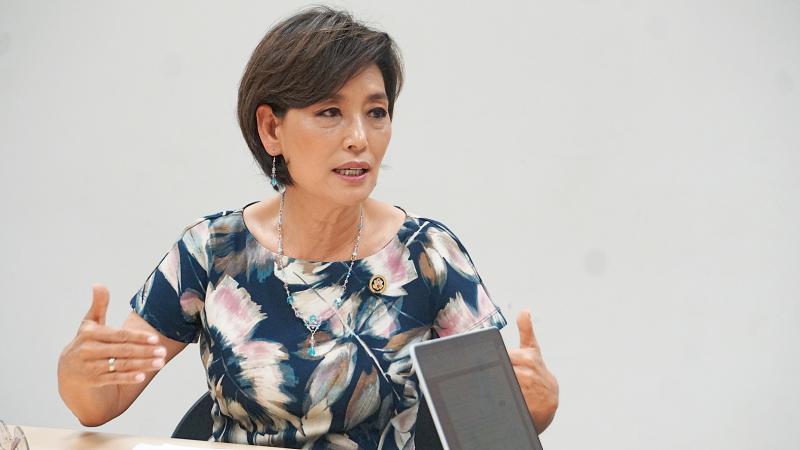
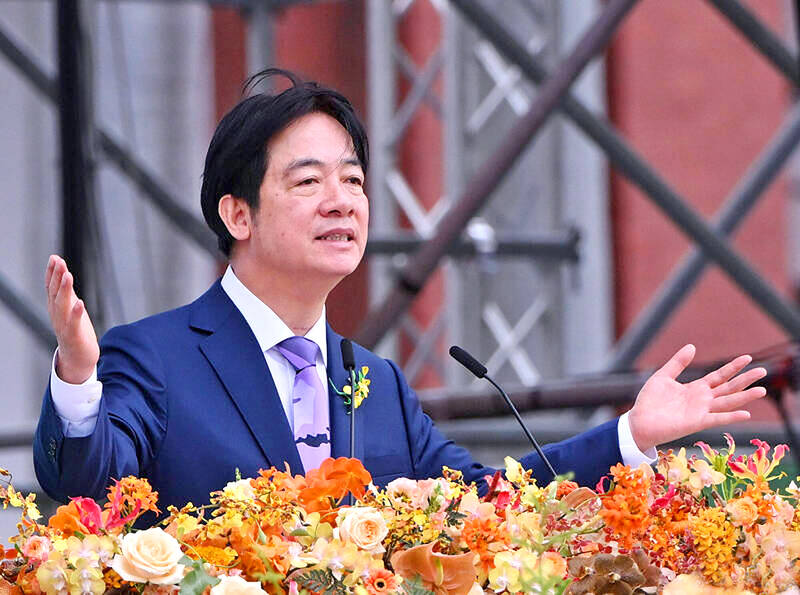
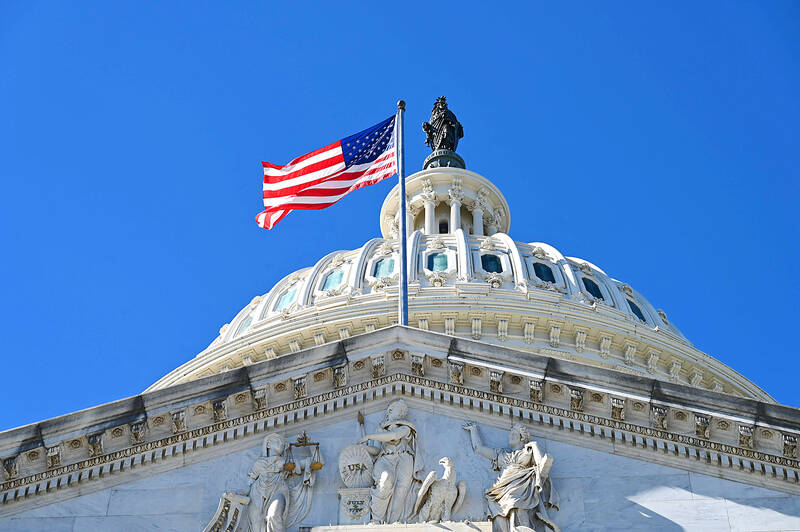
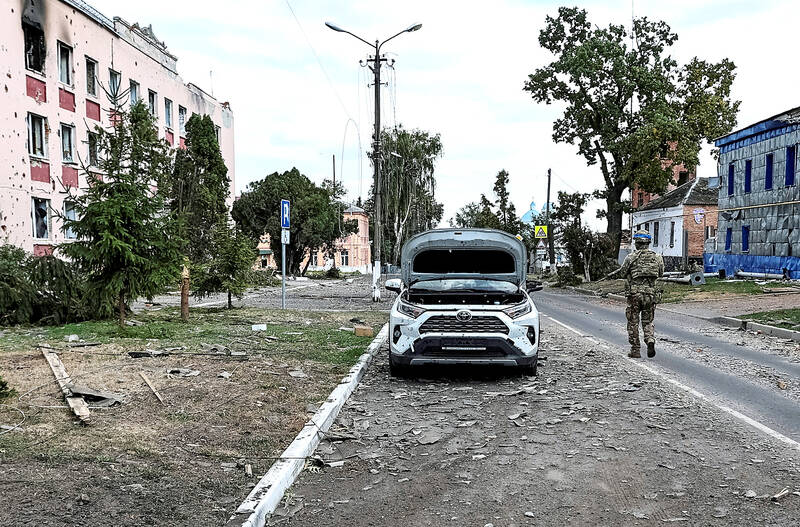
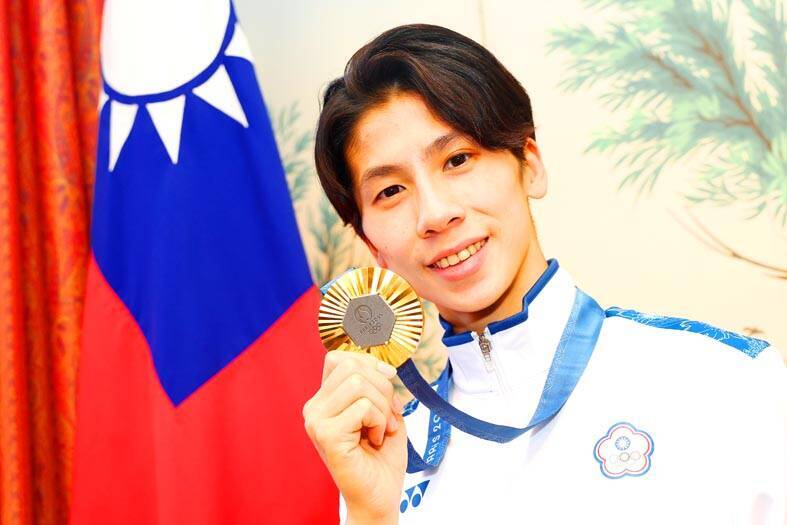
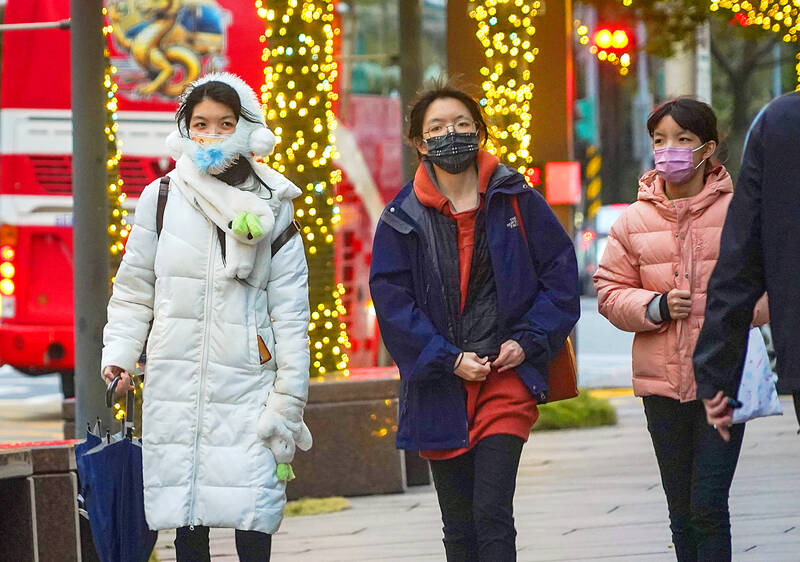
Leave a Reply